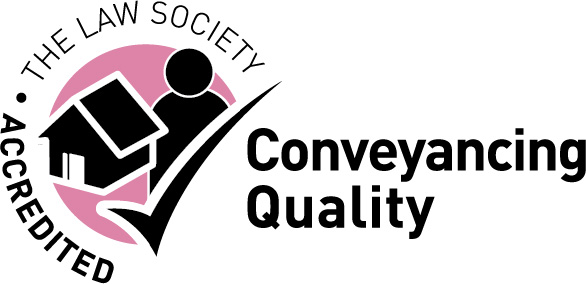How fit is your home? An exercise in the new legislation: HFHHA 2018
19 March 2019
In this article, Michael Ellis and Alexandra Sollohub discuss and give comment, on The Homes (Fitness for Human Habitation) Act 2018 ("HFHHA"). This Act, which quietly slipped onto the statute book on 20 December 2018 (just in time for Christmas), gives a new lease of life (so to speak) to the principle that landlords have an obligation to make properties they let out fit for human habitation.
Background
An implied covenant to keep a house fit for human habitation has in fact been on the statute books for over 30 years, courtesy of section 8 of the Landlord and Tenant Act 1985 ("LTA 1985"). However, this applied only in extremely limited circumstances, thanks to an excessively low annual rent threshold (not exceeding £80 in London, or £52 elsewhere).
The original purpose of this implied obligation was to prevent landlords from using a very low rent to justify letting unfit properties. However, it goes without saying that such low rent thresholds have meant that section 8 LTA 1985 has been (at best) of only limited use to the average tenant in the past few decades.
However, under the HFHHA, from 20 March 2019 all leases for a term of less than seven years will contain a statutorily-implied condition that the house or dwelling is fit for human habitation at the commencement of the tenancy. It will also be implied that the landlord will keep the property fit for habitation during the period of the tenancy. The level of rent is no longer a factor in determining whether the legislation applies.
Rightly, under the legislation a landlord will not be required to carry out works or repairs which are necessary as a result of the tenant failing to use premises in a tenant-like manner (i.e. it does not excuse tenants from their duty to look after the property), or where a superior landlord will not consent to the works despite the immediate landlord taking steps to obtain consent.
What does "Fitness for Human Habitation" mean?
In considering whether a property is unfit for human habitation, "regard shall be had" to its condition in respect of: repair, stability, freedom from damp, internal arrangement, natural lighting, ventilation, water supply, drainage and sanitary conveniences, facilities for preparation and cooking of food and for the disposal of waste water, and any HHSRS hazard (the list of 29 hazards that local authorities have regard to when carrying out an HHSRS inspection).
When will the obligation apply?
From 20 March 2019, the implied obligation will apply to all relevant tenancies that commence on or after that date.
From 20 March 2020, the implied obligation will apply to all periodic tenancies that were in existence on 20 March 2019.
For statutory periodic tenancies that come into existence after 20 March 2019 the obligation will apply upon the expiry of the fixed term, i.e. when the statutory periodic tenancy arises.
Renewals are also caught by the legislation, and will "be treated as a grant of the lease on or after that date".
Furthermore, the HFHHA amends the LTA1985 to provide that the obligation will be implied into all leases under which a dwelling is let wholly or mainly for human habitation where the term is less than seven years.
Significance
Often, but not always, homes that are unfit for human habitation are in a state of disrepair, and tenants have had to rely on the repairing covenants to compel their landlords to carry out the necessary works.
But, there are occasions when a property might be unfit for habitation without there being any disrepair. Currently, the route for tenants in such situations has been to report the matter to the local authority and to ask for an environmental health officer to carry out a HHSRS inspection. If prescribed hazards are found, a landlord can be ordered to carry out works to eliminate the hazard. Landlords who fail to carry out works when asked may be given an improvement notice (which will prevent a landlord from serving a section 21 notice on the tenant until such time as the works are carried out).
This process is far from straightforward, and it does not provide for compensation to be paid to the tenant for having to live in substandard housing.
The HFHHA will give tenants a right to apply to the court for an order requiring the landlord to carry out works. We see no reason why tenants cannot also apply for compensation at the same time. Tenants will also no longer have to rely on their local authorities, which may lack the resources to carry out inspections in a timely manner.
Comment
The Act will enable tenants to take action against landlords without having to rely on disrepair covenants.
Rather than create a completely new regime for housing standards, the government has used the HFHHA to bring the existing (inadequate) regime up to date. Section 8 LTA 1985 has lost the low rent restriction, and the definition of "fitness for human habitation" has been expanded to include reference to the statutory 29 hazards set out in the Housing Health and Safety Rating System (England) Regulations 2005 (SI 2005/3208).
Whilst the hazard list is comprehensive, it is presently unclear how these conditions will be applied and interpreted, or how severe the condition of the property must be before the courts will deem the property unfit for habitation. However, in our view the HFHHA is a sensible (and overdue) step forward in continuing to drive up standards in the ever-expanding private rental sector.



